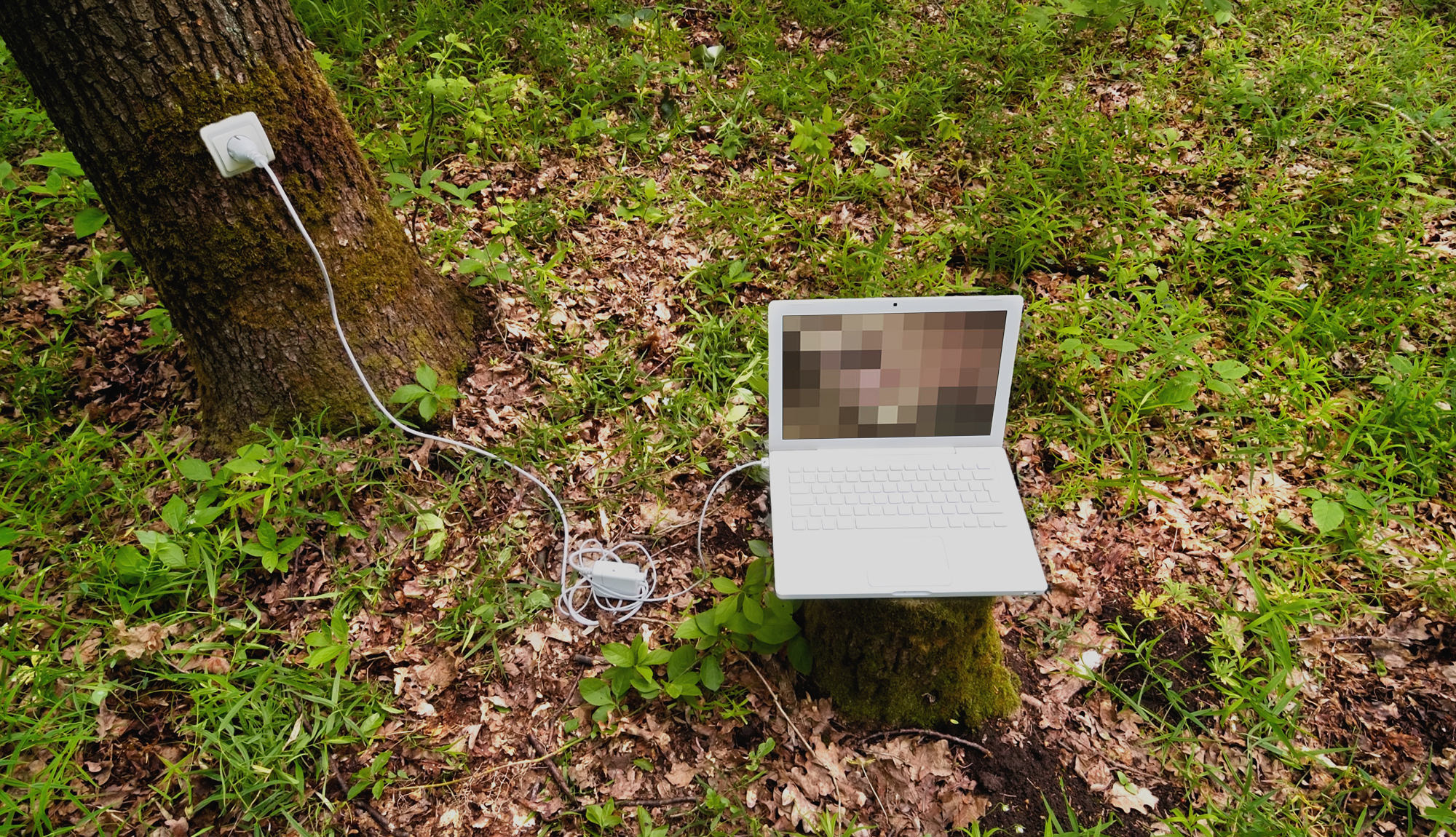As an organization that educates on the harmful effects of porn using science, facts, and personal accounts, we hear this idea a lot: “If you don’t like porn, don’t watch it.”
Like it’s that simple, as if the impact of a porn habit ends as soon as the videos do, and society’s collective personal habits don’t have a bigger impact. But what if it wasn’t that easy?
We’ve debunked this myth a number of times detailing the ways porn negatively affects society, whether it be your mental health, personal relationships, or porn’s link to perpetuating rape culture and sex trafficking.
We think these reasons are enough to stress the negative societal effects of watching porn, but if not, there’s a new addition to the list of ways that porn affects us all: the environment.
Related: Should Teens Be Taught How To “Responsibly Consume” Porn?
If you’re rolling your eyes and thinking we’ve stretched too far, keep reading. More research is required to know for certain how big of an issue this is, but the claim is not unfounded. It’s simply one no one has thought of—until recently.
And this info shines a light, literally, on how millions (if not billions) of people’s collective “personal” habits can have large-scale global effects.
Streaming is “green”
Think of how you used to watch movies at home. After a new film was released on DVD in the good old days, you went to the store to pick up a copy, or maybe went searching for the last standing video rental shop, or ordered off of your favorite online retailer in more recent times.
Think of the physical materials: the disc, plastic packaging, shipping boxes, and fuel it took to deliver that disc to your house as quickly as possible.
Related: Let’s Talk About Porn. Is It As Harmless As Society Says It Is?
In comparison, streaming services cut out more plastic and packing materials. But keep in mind that streaming does use energy to cool the massive servers operating Netflix, and on a more personal level, energy is used to create and maintain our home routers, modems, TVs, laptops, and mobile phones.
Even still, most researchers who study the environmental impacts of the internet agree that carbon footprint and energy use will go down as media is delivered over the internet. In other words, streaming is green.
But—here’s the catch. No one was expecting the world to watch so much porn. Pornhub reported 42 billion visits to their site in 2019 with 1,360,000 hours of new content uploaded…and that’s only one year, and only one porn site.
It is the unbelievable number of hours racked up watching porn that leads to this question: is consuming online porn harmful to our environment at all?
The theory
Precise numbers from the estimated $97 billion dollar porn industry are infamously difficult to come by, if they exist. What we do have is a hypothesis and logic behind why we can pretty safely say that internet porn is the exception to the “streaming is greener” rule.
The first thing to consider is how much more porn the world consumes now, compared to pre-internet times. Adam Grayson, the chief financial officer of the popular porn company Evil Angel, says he has witnessed a wild amount of growth since DVDs—an increase he estimates at 7,000%.
Related: Why Does The Porn Industry Get Away With Racist Portrayals Of Black People?
To more clearly understand the drastic increase in porn consumption, Grayson explained how in the late 90s, an Evil Angel DVD sold about 7,500 copies in the first month. Today, a video of theirs on average will be streamed 30,000 times in the first 30 days—and that’s only counting paying customers.
Knowing society watches a lot of porn, Nathan Ensmenger from Indiana University made a calculation to put a porn sites’ energy use into perspective.
With the numbers he did have and a formula Netflix published in 2015 detailing the video streaming company’s energy use, Ensmenger determined if Pornhub streams video as efficiently as Netflix, it would still have used 5.967 million kWh in 2016. That translates to about the same amount of energy as 11,000 light bulbs left on for one year…just from that one site. And now, four years later, that number is likely much, much larger, considering the site received over 42 billion visits in 2019—over 19 billion more than in 2016.
But this is only a best-case scenario.
This doesn’t account for the dozens of other popular sites that also receive billions of views every year, too.
“Personal” habit, global consequences
As we’ve mentioned, we need more of a conclusive answer and more data. Information from porn sites would be helpful, and then researchers could calculate the true energy cost of millions (if not billions) of people having a regular porn habit, and the toll it has on our world.
Related: Porn Increasingly Normalizes Sexual Violence And Racism, So Why Is It Still So Popular?
But for a moment, let’s consider what we do know. What if this all checks out, and porn sites do use up a huge amount of energy?
Would this affect your decisions around consuming porn? We think it’s something to consider, at the very least, how millions of people’s “personal habits” collectively add up to global consequences.
Did you like that article? Help us keep our educational resources free to access! Fight the New Drug is a registered 501(c)(3) nonprofit, which means the educational resources we create are made possible through donations from people like you. Just one dollar can make a difference!Support this resource



